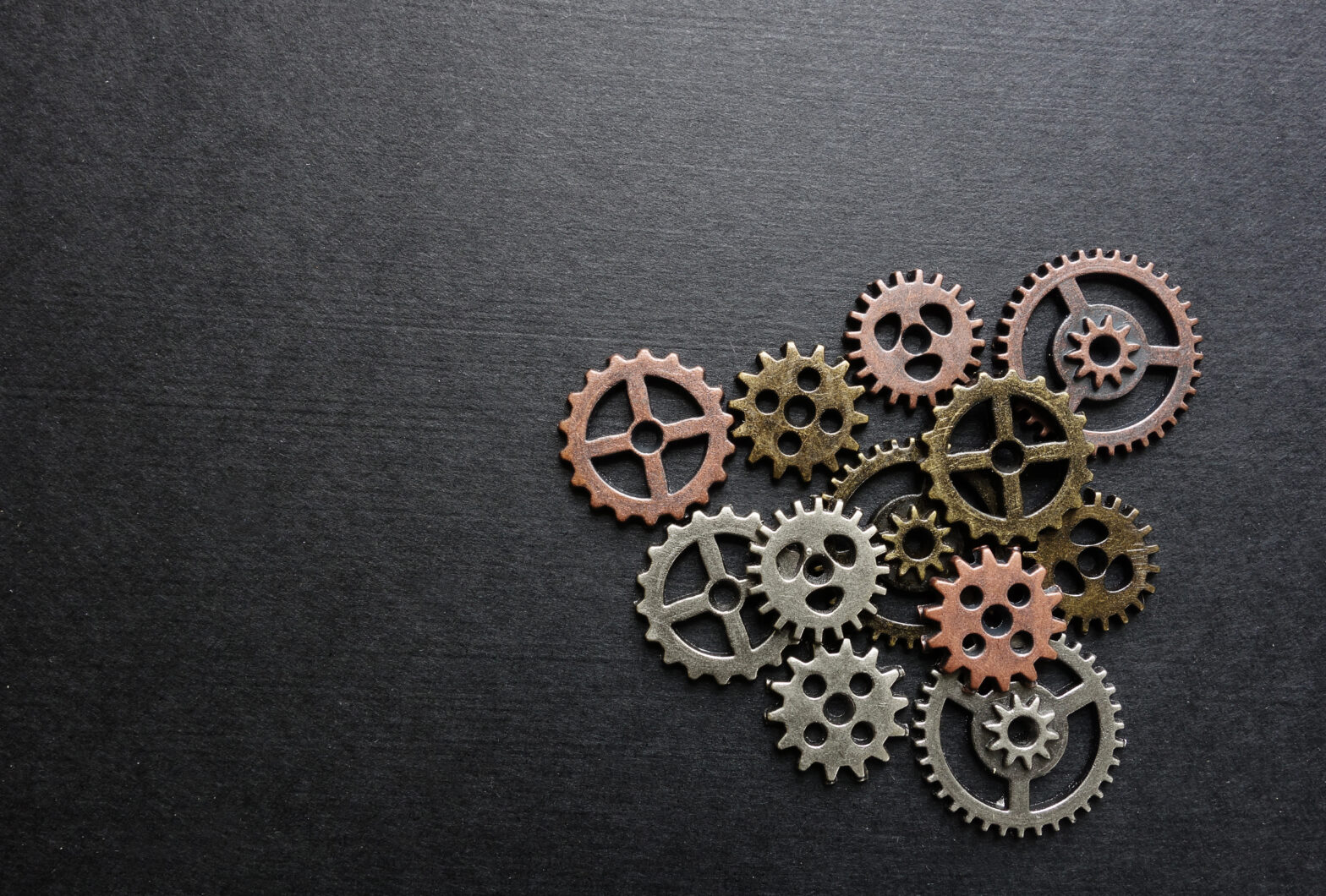Natural human flaws can have severe impacts on business with lasting damage – 82% of operational asset failures are attributed to human performance. Indeed, a recent study by ARC Advisory Group found that the global process industry loses up to $20 billion a year due to unscheduled downtime – or $12,500 hourly, on average.
However, machine learning is helping eliminate these costly flaws and is helping transform the manufacturing industry. This technology, along with others like big data analytics, are able to predict if and when something will break – cancelling the possibility of costly downtime.
>See also: Anticipating downtime will be business’ next competitive advantage
Seth Page is general manager of DataRPM, a Progress company. Below, Page lists three industries that are saving billions by using cognitive machine learning to beat downtime.
Aircraft manufacturing
The disruption caused by downtime to airline operators has been well documented, with recent delays to British Airways and United Airlines still fresh in the minds of thousands of delayed passengers.
Worldwide aviation maintenance amounts to $40 billion annually. But many aircraft manufacturers aren’t even using the predictive technology available to care for their planes, suggests Page.
According to the same ARC study above, it costs approximately 50% more to repair a faulty asset once it’s completely broken down, than if the issue was identified before the failure.
>See also: Are enterprises taking business continuity seriously?
However, “thanks to sensor technology, cognitive computing and artificial intelligence, some cutting-edge aviation companies have adopted predictive maintenance to increase efficiency and safety – as well as of course, reduce costs,” continues Page.
“Take GE Aviation, for example. The company’s new GEnx engine (the best-selling engine for the Boeing 787 Dreamliner) collects 5-10 TB of data a day, according to this article in Aviation Week. And through applying big data, the company expects to increase factory efficiency by 40%.”
“Likewise, Boeing leverages AI in its avionic systems too. While traditional systems can transfer 12.5 KB per second, Boeing’s can transfer 12.5 MB per second, making it easier to send system information to maintenance crews. The company also analyses patterns in flight conditions, location, direction and temperature etc. to predict whether an aircraft component needs fixing.”
Oil and gas
According to a study by research firm Kimberlite, unplanned downtime is a big problem for the oil and gas industry. Offshore operators see a yearly negative financial impact of $49 million from downtime, and some see upwards of $88 million. More than three-quarters of operators describe their maintenance approach as reactive.
>See also: Cognitive disruption: what it means for business
But those that use a predictive and data-driven approach see 36% less unplanned downtime – and they’re $17 million richer in comparison every year. “It goes to show that oil and gas companies that adopt proactive and data-driven maintenance approaches have a huge opportunity to raise their bottom lines,” says Page.
Oil and gas giant Shell understands the benefits well, according to Page. Since many oil and gas wells aren’t exactly easy to access – they’re located thousands of meters underground – Shell uses its Smart Fields technology to efficiently monitor operations.
This involves installing sensors on equipment to monitor things like pressure or leakages, so engineers above ground may supervise production, optimise processes, or see when maintenance is needed. According to Shell, the technology has helped increase the amount of oil recovered from a field by 10%, and natural gas by 5%.
Public transport
Hong Kong’s metro system is one of the best in the world: the trains are on time 99.9% of the time. “And it’s an algorithm that sets it apart. The AI program has an overview of the entire systems to determine the best times to do engineering work, and directs 10,000 employees to conduct repairs.”
According to a 2014 article, it’s saved MTR Corporation, the company that owns and runs the system, two days a week of planning maintenance hours. Plus, engineers have half an hour longer to complete their work each night, which saves MTR 800,000 annually.
>See also: How Industry 4.0 is changing human-technology interaction
“Siemens has also jumped onboard the AI train, pardon my pun.” In a October 2016 statement, Siemens announced that itself and German rail company Deutsche Bahn had launched a 1-year pilot project for predictive maintenance. Data from trains are sent to an industry-first data analysis centre to be evaluated for possible vehicle faults.
‘The data analyses are based on algorithms and models that enable highly reliable predictions to be made about the future behavior of vehicles and components,’ read the statement.
‘All diagnostic data is available to the operator and maintenance staff during operations and is presented in an easily understandable, user-friendly display. The current condition of a vehicle can thus be quickly monitored and appropriate action taken.’
“Humans aren’t going to stop making operational errors anytime soon,” concludes Page. “But that doesn’t mean companies need to settle for downtime. Implementing predictive maintenance systems to fix faults before they happen saves companies millions of dollars a year. And it doesn’t take an AI machine to tell you that’s a great idea.”







